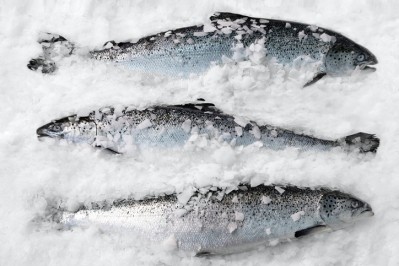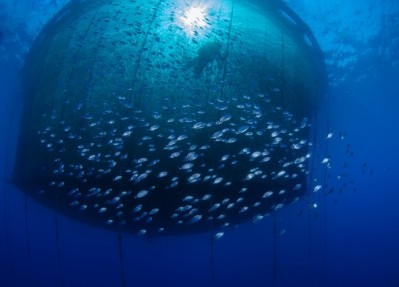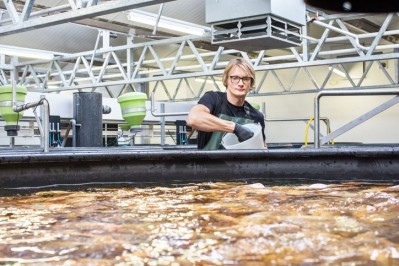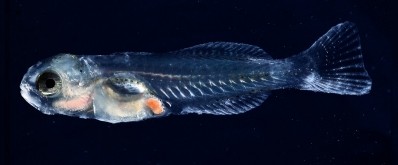Whole Oceans looks to expand traceable salmon farming in the US
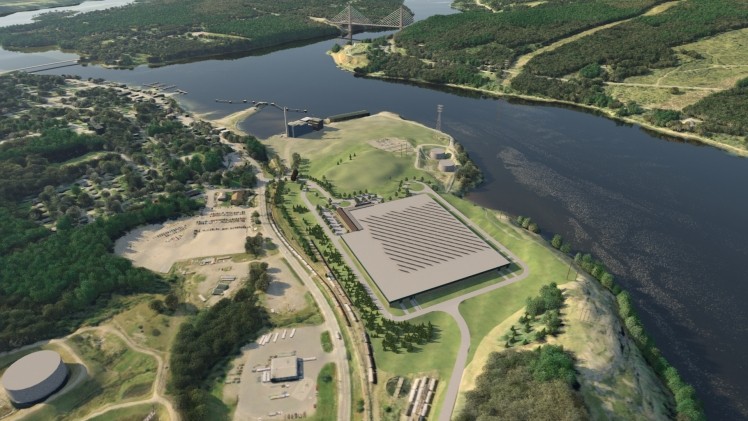
The aquaculture company announced earlier this year it was starting work on a hatchery and recirculating aquaculture system (RAS) in Maine focused on the domestic production of Atlantic salmon.
The company described RAS as an entirely land-based technology that looks to optimize growing conditions to help fish thrive. It explained that water is continuously recycled through ultra purification systems, creating a clean, healthy growing environment that eliminates the use of antibiotics.
The production system chosen is expected to allow for increased traceability, said Ben Willauer, director of corporate development with Whole Oceans. He told us. “In a land-based system you can control for many of these factors [like water pollution] and be much more transparent about the overall health and welfare of the fish."
In addition to fish production, the company is working on establishing other products that can be made using by-products generated during the production process, he said. “Exciting research is happening and we plan to invest and develop value-added products,” he added.
When completed, the site is anticipated to generate about 5,000 metric tons of Atlantic salmon a year and the company is expecting to invest about $250m into the area.
Facility details
The location for the new facility was picked for several reasons namely the industry support structures in place there and a strong heritage of fish production in the region, said Willauer. There also was industrial space available that could be repurposed for fish production.
The site, which formerly was a paper mill, includes access to fresh and salt water along with energy and provides access to rail and water-based transportation, he said. “From a logistics point of view, it had it,” he added.
When completed, the approximately 120-acre location will include a hatchery and RAS systems, he said. “It’s one building with 8.5 acres under roof,” he added.
“It takes about a year to construct the overall facility, assuming you’re on schedule – that’s what we’ve seen with other facilities,” said Willauer.
The current timeline looks to have the site work completed during the summer so building can start in the autumn, he added.
The first group of salmon eggs is anticipated to be brought to the facility in 2020, he said.
Diet and traceability
Whole Oceans is still in the process of establishing the diets it will use, as there are several factors involved, said Willauer. The company is speaking with existing providers of aqua feed about the use of current formulations but is also interested in taking part in feed research and development.
“We have relationships with existing feed providers,” he said. “[But] it’s a dynamic space with those using alternative sources of protein and omega-3 and we feel excited by the research being done.”
The company has a goal of meeting a 1:1 feed conversion ratio with the fish being raised on site, he said.
“We’d like to lead the industry as it relates to developing sustainable feed products,” he said. “And we feel that the industry is looking for grow-out partners with the same interest.”
The production model also will allow for greater biosecurity and water filtration than what is sometimes found for ocean-based production, which is anticipated to allow for the production of fish without the need for antibiotic use, said Willauer. “Many of the reasons that a cage farm or net pen would use antibiotics have to do with pathogens in the wild and we don’t have that vulnerability,” he added.
Additionally, the use of a land-based aquaculture system will allow for greater traceability in terms of providing information on fish feeds to consumers, he said. There is interest from end users and wholesale retailers in being able to know where fish were raised and what it has eaten.
The market focus is on domestic production, he said.
“There is a strong demand for domestically produced Atlantic salmon all will be consumed in the US there’s no reason to export the fish,” he added.
The company said that it has pre-sold 100% of its expected production for the first 10 years.
“There is way too much business for both of us,” Willauer added, referencing that a near neighbor to the new facility will be another RAS salmon facility operated by Nordic Aquafarms. “There is no risk to our sales [from] increased participation – it’s a great problem to have.”
